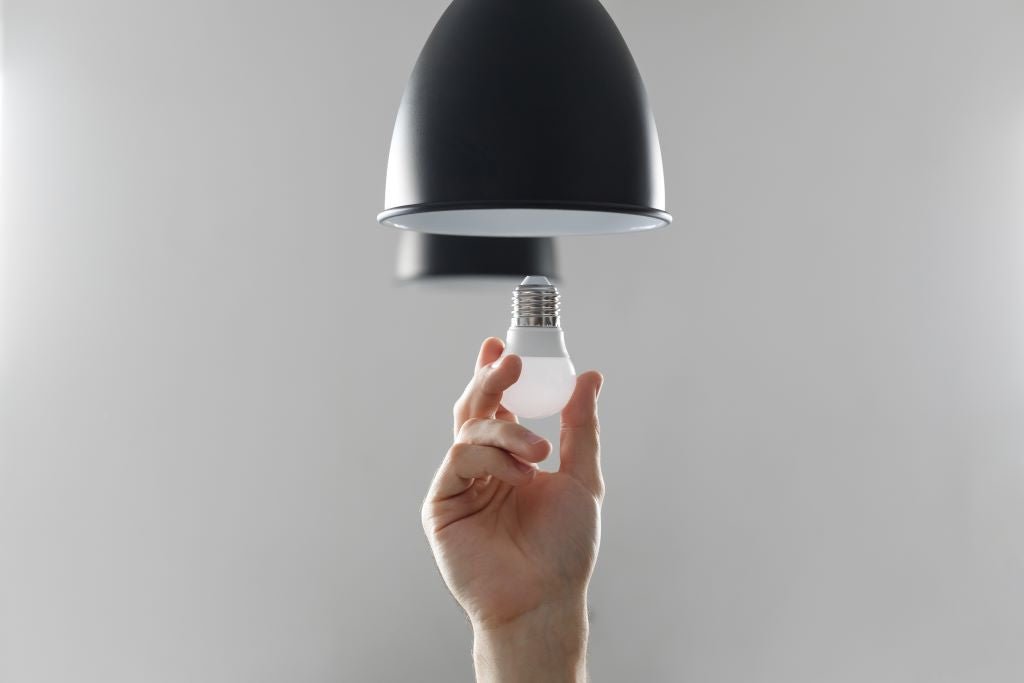
A bulb socket, also known as a light socket, lamp socket, or lamp holder, is a device designed to mechanically support and provide electrical connections to a light bulb. Bulb sockets allow light bulbs to be safely and securely connected to a power source, enabling them to illuminate when the power is turned on. There are several types of bulb sockets, each designed to accommodate different types of light bulbs and their specific electrical and mechanical requirements.
What Does a Bulb Socket Do?
A bulb socket or screw fitting supports a suitable electric lamp base and offers electrical connections. A light socket is a basic electromechanical device that holds a light bulb. This makes it simple to change a bulb when it goes out. The most popular light bulb sockets are E14 and E27; the number is based on the threaded bulb's diameter (in mm). The Edison rotary thread, which is simply screwed into the matching fitting, is designated with an "E" in the identification.
Where are Sockets used?
Sockets are used in bulbs to hold a lamp or light bulb is known as a lamp holder. A lamp holder is a common feature of lighting fixtures and luminaires. For wall and ceiling lights with a fixed lamp holder, it’s important that the lamp holder is compatible with the type of bulb you want to use. For pendant lights it’s important that the lamp holder is both compatible with the type of bulb you want to use and your preferred lamp shade.
What Socket Types are there?
The traditional screw socket (Edison) and the pin socket are the two most popular types of sockets. Without making any mechanical or electrical changes, all replacements are possible.
How do you Choose the Right Socket?
A bulb base can be categorised into four main types. There are four types of Edisons: large Edisons, small Edisons, bayonets, and small bayonets. When choosing an LED bulb for an existing fitting or a new one, it is important to take these factors into consideration.
Edison base (E27)Small Edison Screw (E14)
E27 or ES or ‘standard screw‘ is where the diameter of the light bulb cap is 27mm. There is no doubt that this is the most common bulb base. Featuring a convenient screw style, they are easy to fit into any fixture and maintain their classic bulb appearance. The Edison base is so popular that it's easy to find the right LED bulb for your home. Anything from vintage, coloured, globe or filament.
Small Edison Screw (E14)
E14 or SES or ‘small Edison screw‘ is where the diameter of the light bulb cap is 14 mm.
Bayonet Cap (B22)
B22 or Ba22d or BC or ‘bayonet cap‘, where the diameter of the light bulb cap is 22 mm
Small Bayonet Cap (B15)
B15 or Ba15d or SBC or ‘small bayonet cap‘, where the diameter of the light bulb cap is 15 mm.
What are the Advantages of a Socket?
Lamps can be changed in a secure and practical manner thanks to lightbulb sockets.
Can Any Light Bulb Go into Any Socket?
You can install an LED bulb in an existing fixture as long as the mounting base (socket) is the same size and type. The LED bulb won't fit the socket if the mounting base isn't the same size and kind.
Note: Never use a bulb that is more powerful than what is recommended for the fixture.



